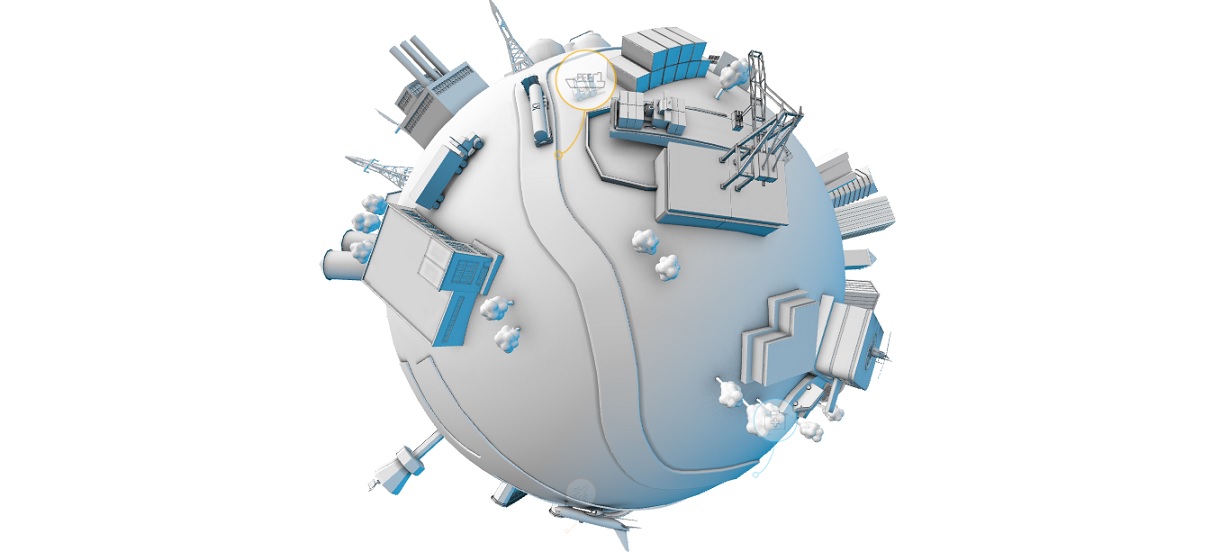Las Vegas, Jan. 6, 2015: AT&T is building a framework to help cities better serve their citizens. It has formed alliances with Cisco, Deloitte, Ericsson, GE, IBM, Intel and Qualcomm Technologies, Inc. to help support the new framework, building more connected communities.
At its Developer Summit running in Las Vegas parallel to the CES 2016, AT&T showcased the new tech, promising to bring everything from traffic monitoring to electric grid management to gunfire detection into one comprehensive ecosystem.
“Atlanta is a great city and, thanks to our collaboration with AT&T, it will soon be a smarter city,” said Atlanta Mayor Kasim Reed. “Improving sustainability and increasing public safety are already top priorities for the City of Atlanta. With the integration of AT&T’s Smart City solutions, we will be better positioned to support these initiatives while also enriching the lives of our residents.”
“Atlanta has long demonstrated how private-public relationships enabled the city to serve as an innovator in many areas of technology and society,” said Steve Cross, Executive Vice President for Research at Georgia Tech. “Georgia Tech is excited to bring its research competencies to work with the city, AT&T as well as other companies, NGOs, and education organisations to set the standard for building a smart cities framework.”
“We’ve built strong relationships with cities across the US for over 100 years,” said Mike Zeto, General Manager of Smart Cities, AT&T IoT Solutions, in a written statement. “We’re continuing to be a leader in smart cities innovation. Our holistic strategy can help cities save money, conserve energy, improve quality of life, and further engage with their citizens.”
IoT Innovations
AT&T already helps communities solve problems with solutions that connect utility meters, street lights, and water systems. The new framework adds several new categories:
Infrastructure – Cities are able to remotely monitor the conditions of roads, bridges, buildings, parks and other venues. Maintenance crews can identify slick roadways during freezing weather or detect bridges that may need repairs.
Citizen Engagement – Mobile apps give people information to stay better prepared. For example, you can be notified in near real time if a traffic light isn’t working on your route. You can also remotely view parking meters and reserve spaces ahead of time.
Transportation – Digital signage lets commuters know in near real time when the next bus or train will arrive. People can rent electric bikes at stations across the city to reduce traffic.
Public Safety – Cities can better manage traffic patterns of pedestrians at stadiums, parks, and busy intersections. Gun fire detection technology helps law enforcement know where a shooting occurred. It also helps them determine the number of people involved and rounds fired.
AT&T was also developing a new digital dashboard that gave cities a high-level look at their communities’ conditions. The Smart City Network Operation Center offered cities a dashboard view of how assets were performing in near-real time. City officials could also keep tabs on power outages, water leaks, traffic issues, and more – all from one location.
Image Credit: AT&T

